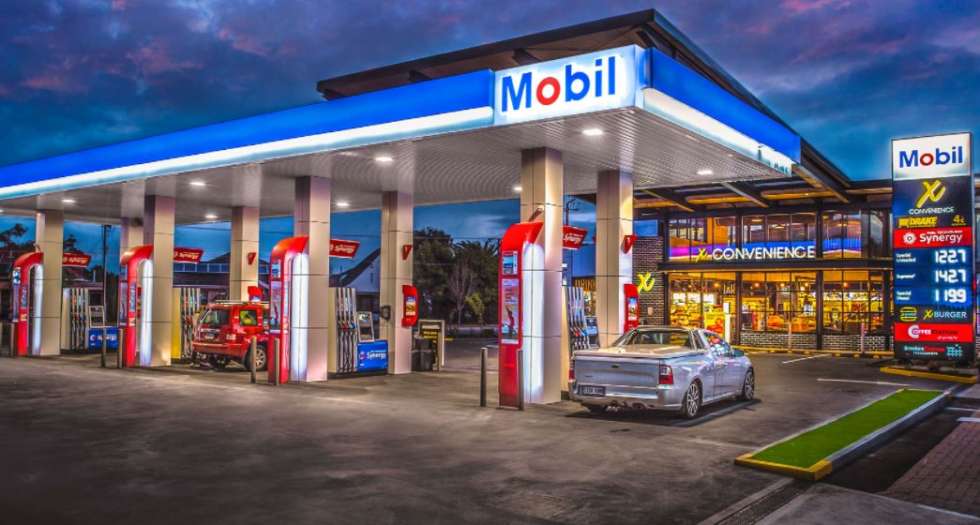Australia’s petrol and convenience industry has been adding service stations year on year since July 2017. At the same time, cars have greater fuel efficiency or do not use fuel at all. So, a question I keep asking myself is, are we building towards a boom or constructing our doom?
The number of service stations being built in Australia tells a story of growth. OPIS data shows that in the financial year 2017-18, there were 6,673 locations selling fuel. By the end of the financial year, 2018-19, this number had increased by 407 sites. Then in the following 12 months, operators added a further 120 service stations. This is a growth spurt of eight per cent.
Regional Australia is where the expansion of retail locations is happening. In the years from July 2017 to June 2020, locations outside the greater metropolitan areas increased by 10.3 per cent, from 3,524 to 3,887. Our capital cities however expanded at half that rate, moving from 3,207 to 3,375, a growth rate of 5.24 per cent.
There have been distinct speeds in expansion between the states too. New South Wales is the slowest growing state, increasing by 4.19 per cent, whereas South Australia is up 18.7 per cent and Queensland is increasing 17.5 per cent.
What is interesting is that growth has been led by independent retailers.
In South Australia, X Convenience is the standout. This chain has increased its locations by more than 64.7 per cent. Granted, that is off a small base, but its impressive that they have risen from the eighth position to be the fifth largest petrol convenience retailer in the state.
There is similar story in Queensland, where Pacific Petroleum is the frontrunner with sites up 333 per cent. Metro has also had a run in Queensland, now with 19 locations up from six in 2017-18. The majors have had a big leap in the sunshine state as well. United, 7-Eleven and BP have all grown by more that 10 per cent. United is the stronger at 21.9 per cent.
With more sites, mainly in regional areas, run by independents, it looks all good so far.
The flipside to this good news story is volumes, namely their decline.
The Australian petroleum statistics tell us that in the financial year 2017-18, there was 24.9 billion litres of petrol and diesel sold through retail outlets. By the end of 2019-20, the same statistics show the retail volumes sold were 22.9 billion litres.
Petrol sales are where the steep decline is taking place, down 12.6 per cent for the period, while diesel is relatively more stable, declining only by one per cent. Overall, the average decline in volumes is eight per cent.
The harsh reality is that service stations are selling less fuel on average. In 2017-18, the average sales were 3.7 million litres per site. By June 2020, that was more like 3.2 million litres for each service station.
Some may say that COVID, causing volumes to be down due to movement restrictions, has exaggerated these numbers. However, volumes for petrol have been in decline since 2010-11. And while diesel is up, it is not enough to overshadow the double hit of more locations selling less petrol.
So, is it boom or doom?
The industry and Australia are in transition. People are making sea and tree changes that take them away from the traditional economies our industry has built. As we know, transport types are changing too with hybrids and now full electrical cars entering the market.
What I see is that a new network plan is coming to the fore, one that requires new geographic positioning of sites. This will better cater for where people are living and the types of vehicles they are driving.
With this boom in building service stations, our industry has, and will continue to respond to customer needs.
This article was written by Nic Moulis for the June issue of C&I Retailing Magazine.


